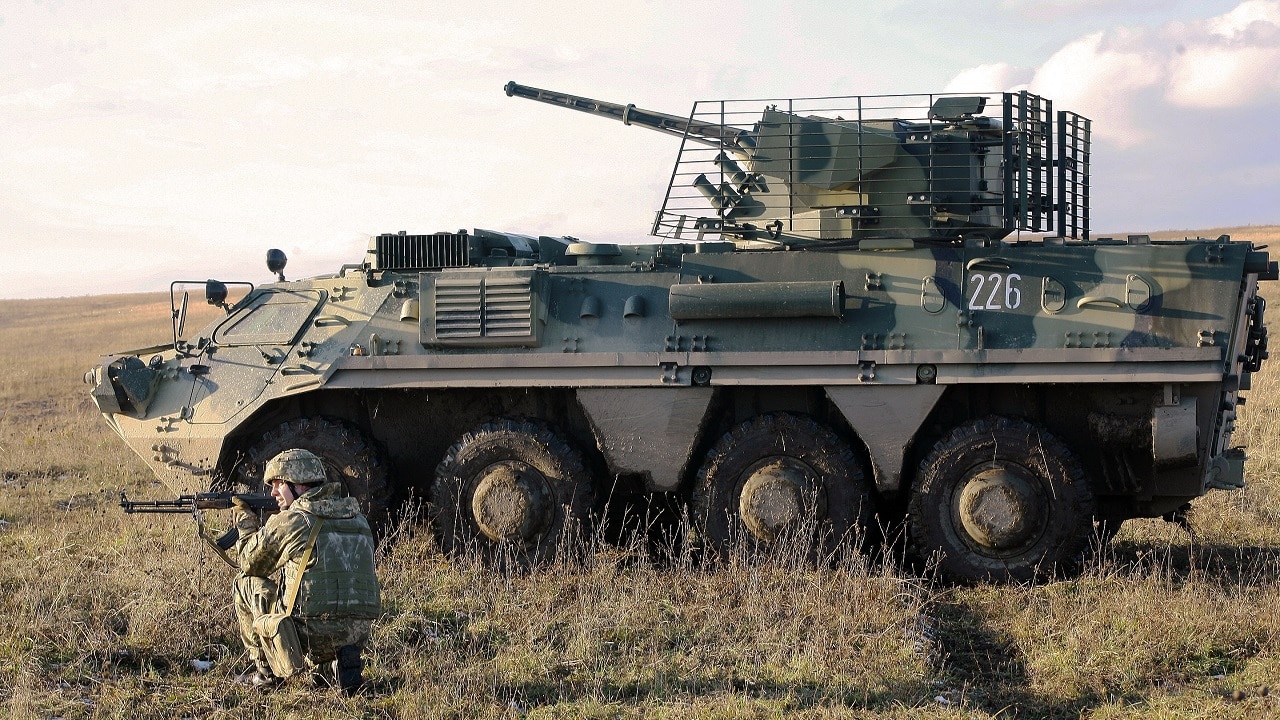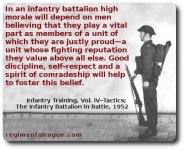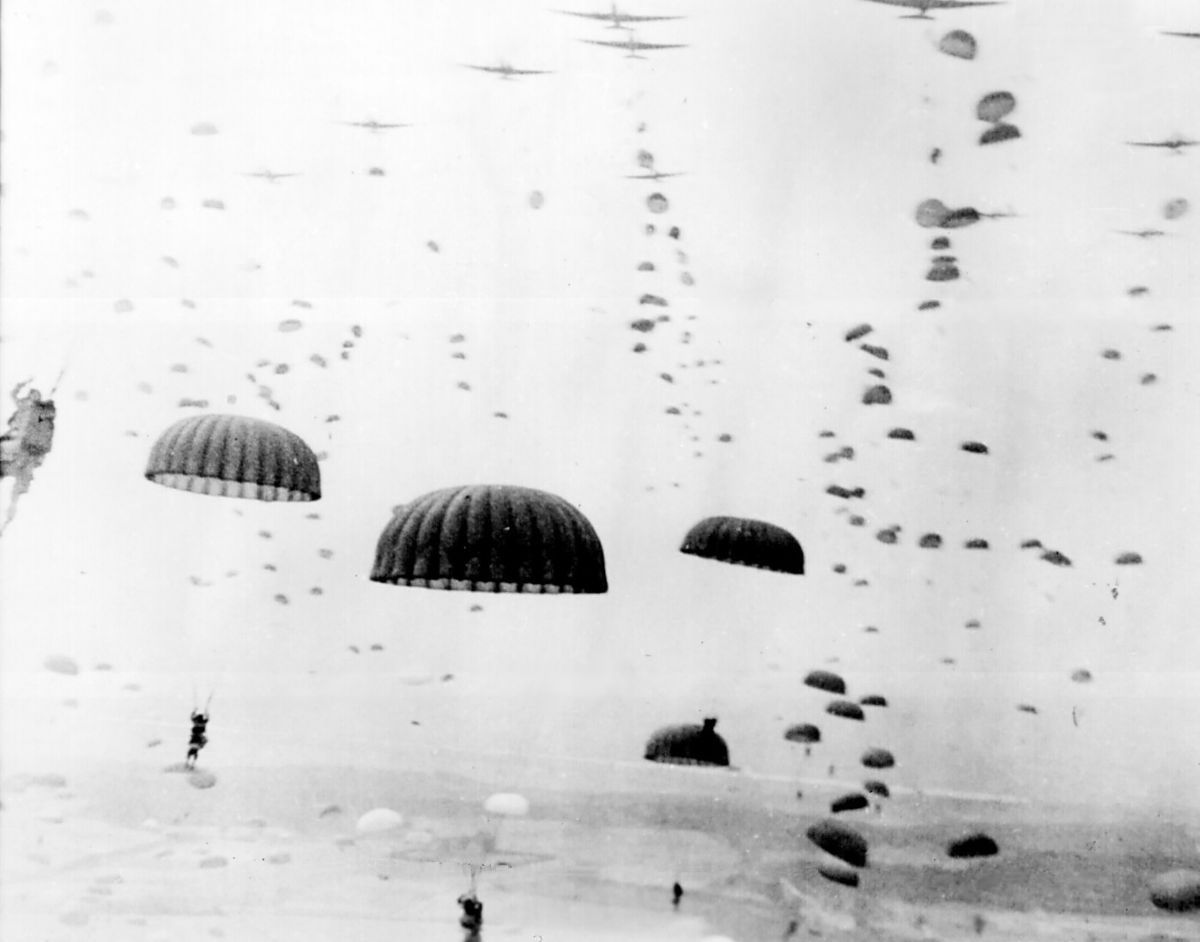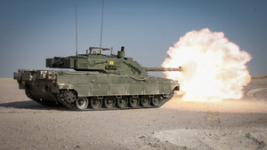daftandbarmy
Army.ca Dinosaur
- Reaction score
- 31,926
- Points
- 1,160
It looks like the BTR-4 is a good piece of kit, kind of like a LAV 6 but with an unmanned, remote control turret.
I don't know how we can justify producing an unarmed APC after what we're seeing happen in this war.
Russia’s invasion of Ukraine has produced thousands of images and videos of armored vehicles getting ambushed, destroyed, and abandoned. But there has been relatively little imagery of combat between fighting vehicles.
One notable exception is a recording that surfaced on March 14, taken inside a Ukrainian eight-wheeled BTR-4E infantry fighting vehicle (IFV) skittering frenetically in the streets of Mariupol, a besieged coastal port surrounded by Russian forces.
The recording shows the video feed from the BM-7 Parus (“Sail”) weapons turret on top of the vehicle. The gunner remotely controlling the turret is faintly reflected on the monitor.
As indicated on the top left corner of the monitor, the BTR-4’s turret is turned 90 degrees to one side, allowing the vehicle to quickly roll forward and engage adversaries across side streets, then scoot away to escape retaliation.
In the first recorded engagement, the gunner spots a hostile T-72B3 main battle tank a short distance away that could swat the Ukrainian troop carrier like a fly with its 125-millimeter gun.
While the driver hastily rolls away, the gunner has time to rake the unsuspecting T-72’s side armor with 30-millimeter shells, causing small explosions—possibly detonating explosive-reactive armor bricks girding the behemoth.
In the second engagement, the Ukrainian crew ‘peak’ around another intersection and discover a more suitable adversary just around the corner: a BMP-series fighting vehicle (or the BRM-reconnaissance subvariant), its gun turret slewed aside, the feet of disembarked infantry visible beneath its hull.
Being first to spot and shoot is the best predictor of victory in an armored battle. And that’s exactly what happens—before the BMP crew can react, the Ukrainian gunner rotates the turret and pummels the vehicle with cannon fire, causing glowing metal fragments to spray in the air and equipment to fly off.
After overcorrecting the aim downwards, a shot finally slams through the vehicle’s front hull, causing it to erupt in flames. The BTR-4 then rolls back out of the line of fire.
Ukraine’s troubled warhorse
This engagement marks a triumph for a truly Ukrainian armored vehicle that has ridden an especially bumpy path over the years.
In the mid-2000s, Ukraine’s arms industry saw an opportunity to sell wheeled infantry fighting vehicles that were more heavily armed and advanced than Russian Soviet-era BTRs then available—but cheaper than Western ones.
It had already developed two evolutions of the Soviet eight-wheeled BTR-80 APC: the BTR-94 armed with a 23-millimeter gun (50 exported to Jordan/Iraq), and the 30-millimeter armed BTR-3, hundreds of which were sold to Myanmar, Nigeria, Thailand, and the UAE.
But these inherited BTR-80’s configuration with the engine situated in the rear, meaning onboard infantry had to awkwardly disembark from a side hatch, rather than more safely from the rear, shielded by the vehicle’s bulk.
For the BTR-4, dubbed the Bucephalus after Alexander the Great’s fierce black warhorse, the Kharkiv Morozov Engineering Design Bureau sought to move past the Soviet design paradigm by situating the engine between the crew (who could exit from slanted side doors at the front) and the infantry, who could now exit via doors to the rear. This also made it easier to install varied modular systems in the hull.
Indeed, the Bucephalus could mount a variety of weapons turrets, but the only operational configuration uses the remote-control BM-7 Parus turret, which doesn’t take up space inside the hull, leaving room for 7-8 embarked infantry.
The BM-7 sports a 30-millimeter autocannon, a KT 7.62-millimeter machinegun, and six 81-millimeter smoke grenade dischargers. The cannon (akin to Russian 2A72) is effective out to 1.24 miles, and can penetrate just over 1” of armor at 1 kilometer: adequate to threaten other Soviet-era IFVs and APCs, less so heavier IFVs like the M2 Bradley.

 www.19fortyfive.com
www.19fortyfive.com
I don't know how we can justify producing an unarmed APC after what we're seeing happen in this war.
Meet The BTR-4: Watch Ukraine’s “Bucephalus” Blast Russian Armored Vehicles
Russia’s invasion of Ukraine has produced thousands of images and videos of armored vehicles getting ambushed, destroyed, and abandoned. But there has been relatively little imagery of combat between fighting vehicles.
One notable exception is a recording that surfaced on March 14, taken inside a Ukrainian eight-wheeled BTR-4E infantry fighting vehicle (IFV) skittering frenetically in the streets of Mariupol, a besieged coastal port surrounded by Russian forces.
The recording shows the video feed from the BM-7 Parus (“Sail”) weapons turret on top of the vehicle. The gunner remotely controlling the turret is faintly reflected on the monitor.
As indicated on the top left corner of the monitor, the BTR-4’s turret is turned 90 degrees to one side, allowing the vehicle to quickly roll forward and engage adversaries across side streets, then scoot away to escape retaliation.
In the first recorded engagement, the gunner spots a hostile T-72B3 main battle tank a short distance away that could swat the Ukrainian troop carrier like a fly with its 125-millimeter gun.
While the driver hastily rolls away, the gunner has time to rake the unsuspecting T-72’s side armor with 30-millimeter shells, causing small explosions—possibly detonating explosive-reactive armor bricks girding the behemoth.
In the second engagement, the Ukrainian crew ‘peak’ around another intersection and discover a more suitable adversary just around the corner: a BMP-series fighting vehicle (or the BRM-reconnaissance subvariant), its gun turret slewed aside, the feet of disembarked infantry visible beneath its hull.
Being first to spot and shoot is the best predictor of victory in an armored battle. And that’s exactly what happens—before the BMP crew can react, the Ukrainian gunner rotates the turret and pummels the vehicle with cannon fire, causing glowing metal fragments to spray in the air and equipment to fly off.
After overcorrecting the aim downwards, a shot finally slams through the vehicle’s front hull, causing it to erupt in flames. The BTR-4 then rolls back out of the line of fire.
Ukraine’s troubled warhorse
This engagement marks a triumph for a truly Ukrainian armored vehicle that has ridden an especially bumpy path over the years.
In the mid-2000s, Ukraine’s arms industry saw an opportunity to sell wheeled infantry fighting vehicles that were more heavily armed and advanced than Russian Soviet-era BTRs then available—but cheaper than Western ones.
It had already developed two evolutions of the Soviet eight-wheeled BTR-80 APC: the BTR-94 armed with a 23-millimeter gun (50 exported to Jordan/Iraq), and the 30-millimeter armed BTR-3, hundreds of which were sold to Myanmar, Nigeria, Thailand, and the UAE.
But these inherited BTR-80’s configuration with the engine situated in the rear, meaning onboard infantry had to awkwardly disembark from a side hatch, rather than more safely from the rear, shielded by the vehicle’s bulk.
For the BTR-4, dubbed the Bucephalus after Alexander the Great’s fierce black warhorse, the Kharkiv Morozov Engineering Design Bureau sought to move past the Soviet design paradigm by situating the engine between the crew (who could exit from slanted side doors at the front) and the infantry, who could now exit via doors to the rear. This also made it easier to install varied modular systems in the hull.
Indeed, the Bucephalus could mount a variety of weapons turrets, but the only operational configuration uses the remote-control BM-7 Parus turret, which doesn’t take up space inside the hull, leaving room for 7-8 embarked infantry.
The BM-7 sports a 30-millimeter autocannon, a KT 7.62-millimeter machinegun, and six 81-millimeter smoke grenade dischargers. The cannon (akin to Russian 2A72) is effective out to 1.24 miles, and can penetrate just over 1” of armor at 1 kilometer: adequate to threaten other Soviet-era IFVs and APCs, less so heavier IFVs like the M2 Bradley.

Meet the BTR-4: Watch Ukraine’s “Bucephalus” Blast Russian Armored Vehicles
Ukraine’s BTR-4E will play an important role not only in defending Kharkiv, Kyiv, and Mariupol, but by transporting infantry as well.






